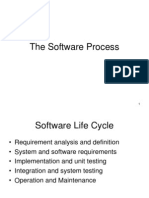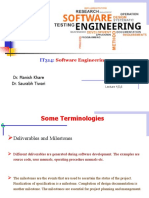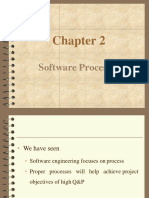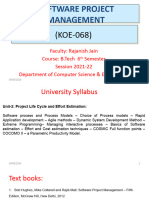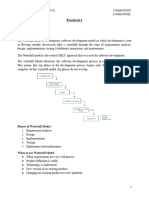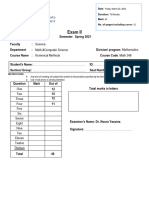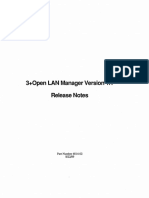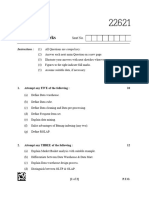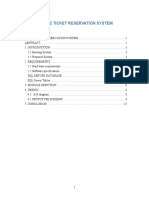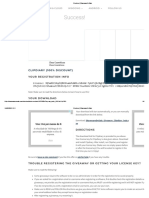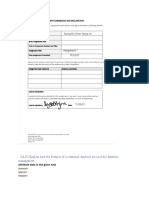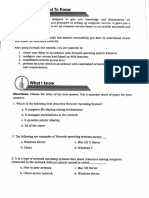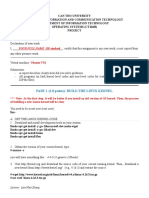0% found this document useful (0 votes)
16 views45 pagesLecture3 SDLCModels
The document discusses various software development life cycle (SDLC) models, including predictive and adaptive models. It describes the waterfall model, which is a predictive and linear model where the output of each phase acts as input for the next phase. The document also discusses iterative and incremental models, agile frameworks like Scrum, documentation requirements, maintenance activities, and factors to consider when choosing a model.
Uploaded by
nour313hakamCopyright
© © All Rights Reserved
We take content rights seriously. If you suspect this is your content, claim it here.
Available Formats
Download as PDF, TXT or read online on Scribd
0% found this document useful (0 votes)
16 views45 pagesLecture3 SDLCModels
The document discusses various software development life cycle (SDLC) models, including predictive and adaptive models. It describes the waterfall model, which is a predictive and linear model where the output of each phase acts as input for the next phase. The document also discusses iterative and incremental models, agile frameworks like Scrum, documentation requirements, maintenance activities, and factors to consider when choosing a model.
Uploaded by
nour313hakamCopyright
© © All Rights Reserved
We take content rights seriously. If you suspect this is your content, claim it here.
Available Formats
Download as PDF, TXT or read online on Scribd
/ 45






















